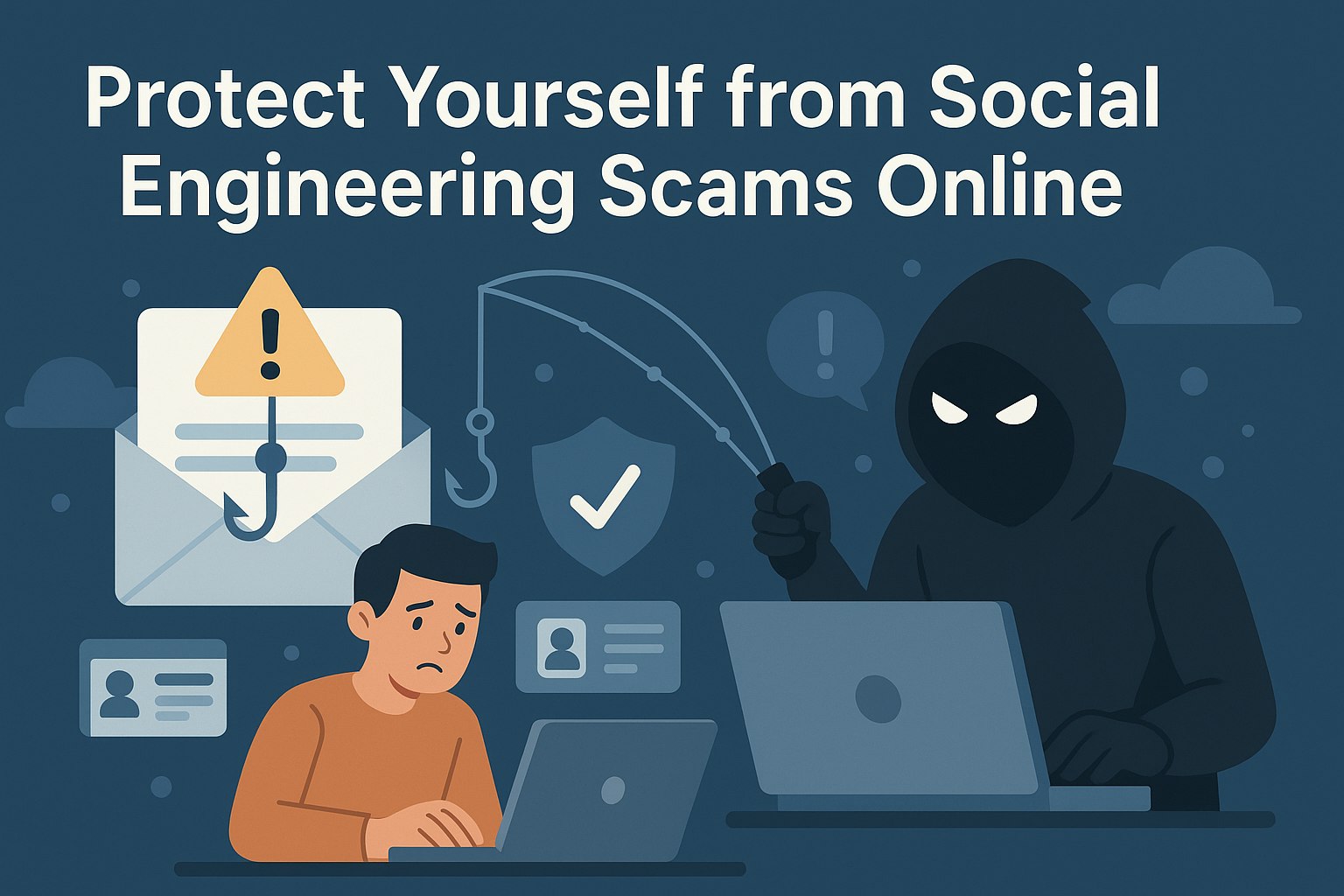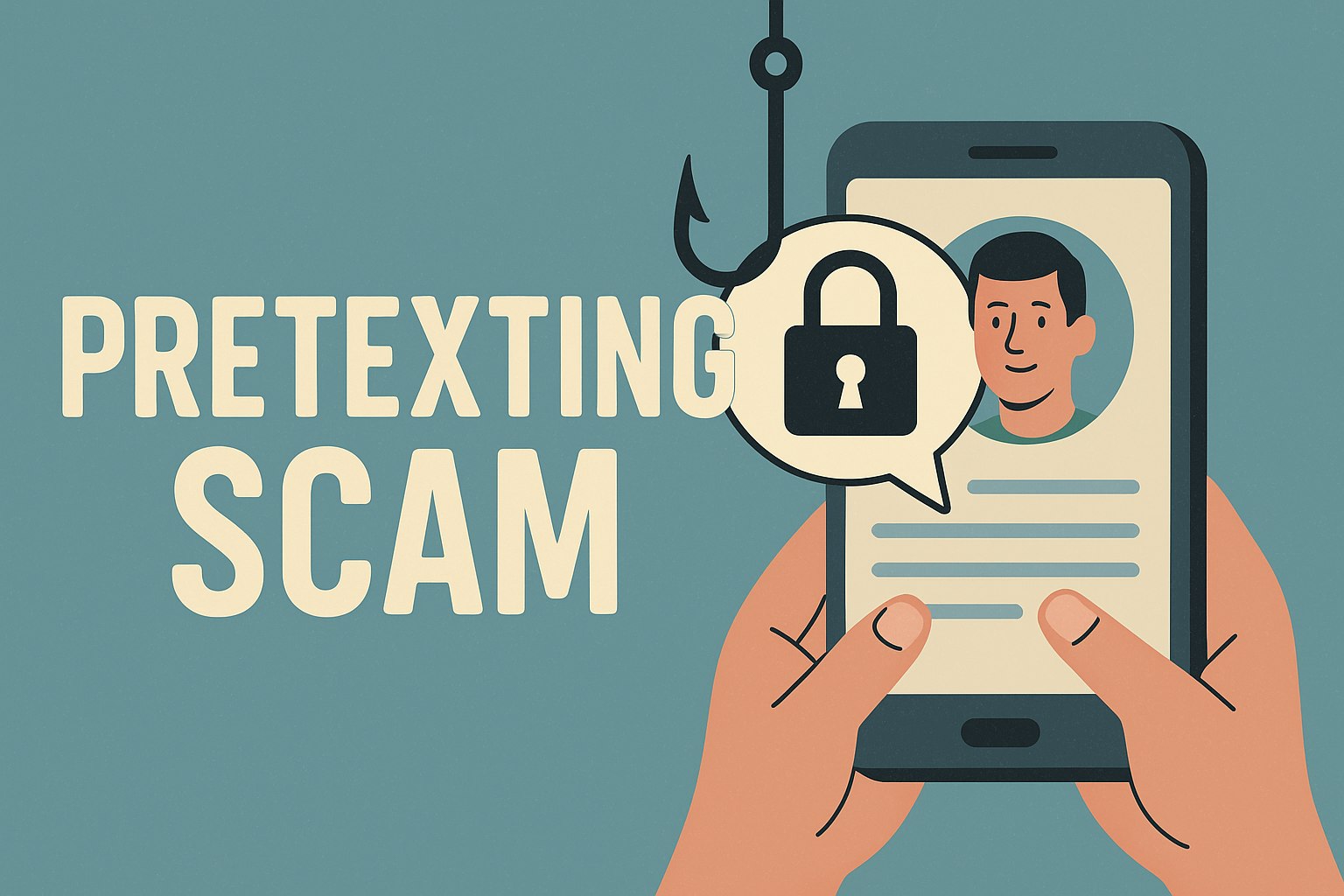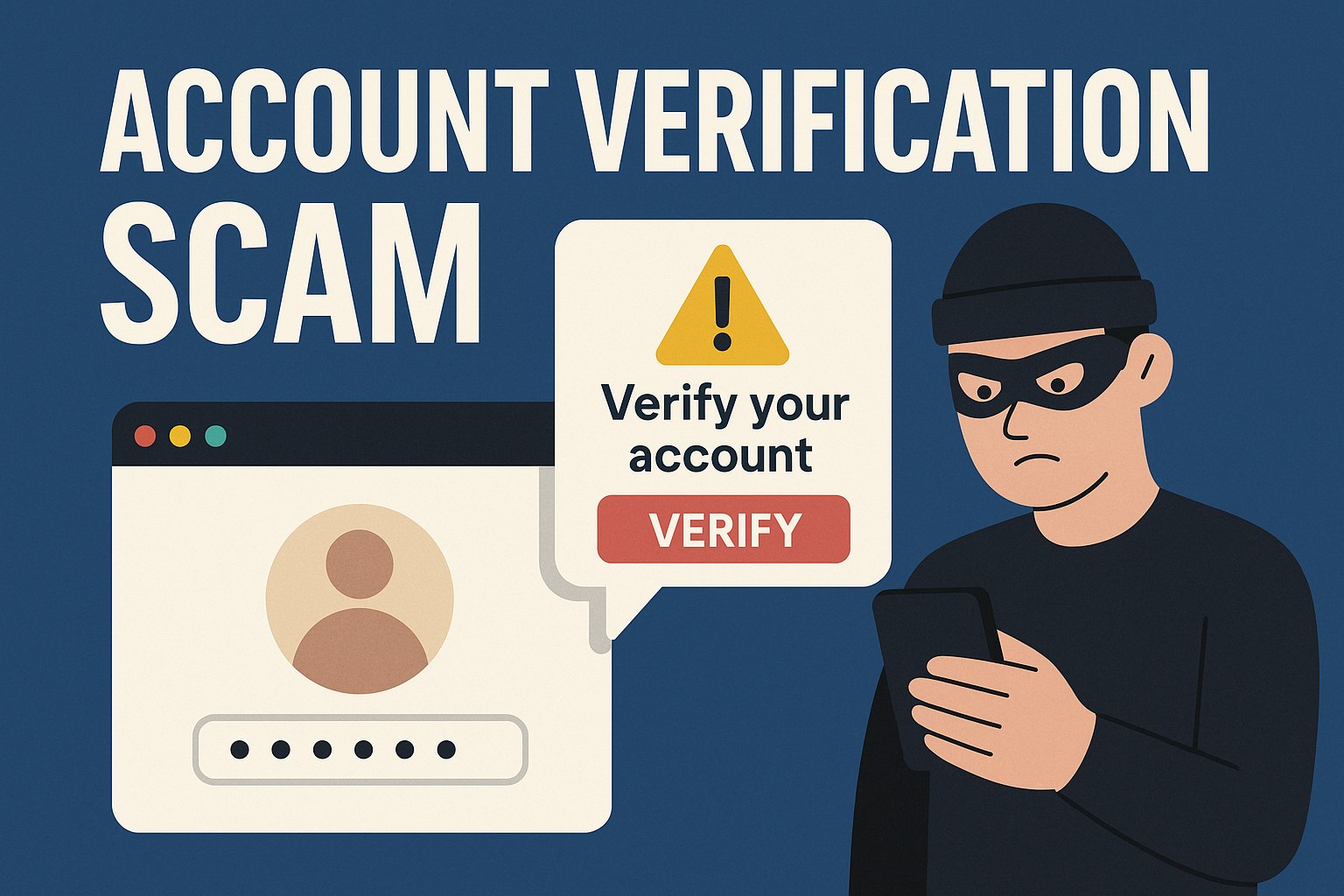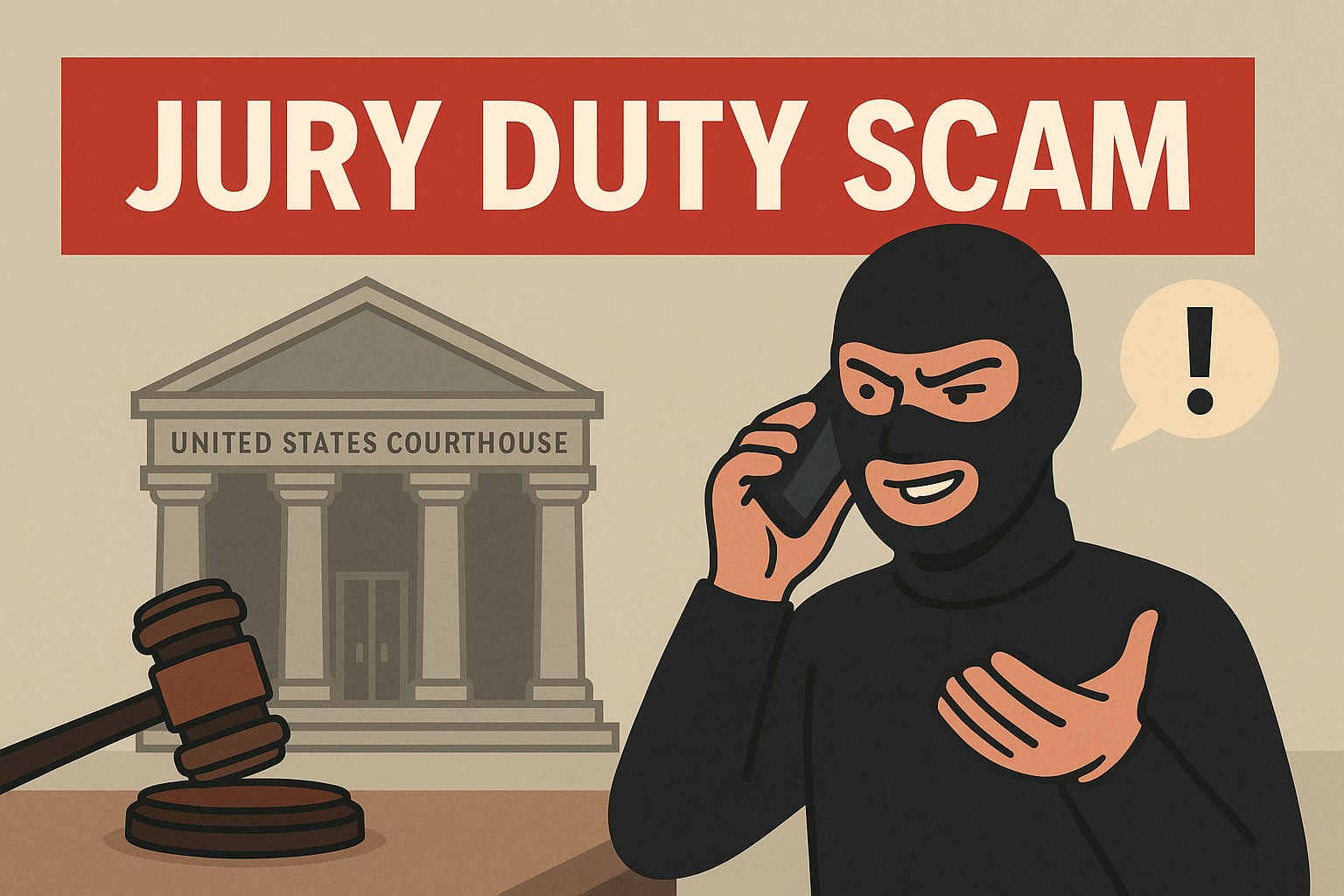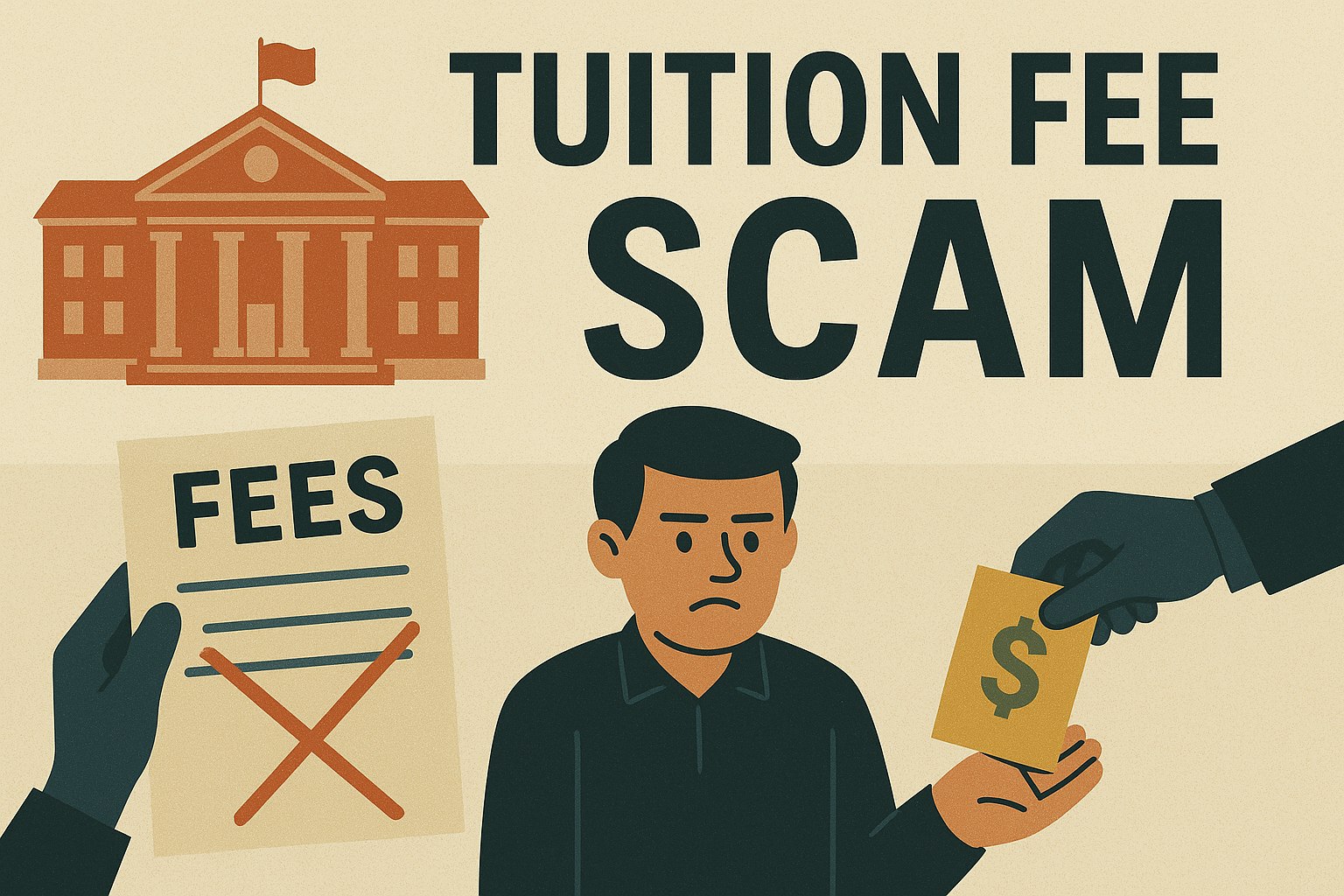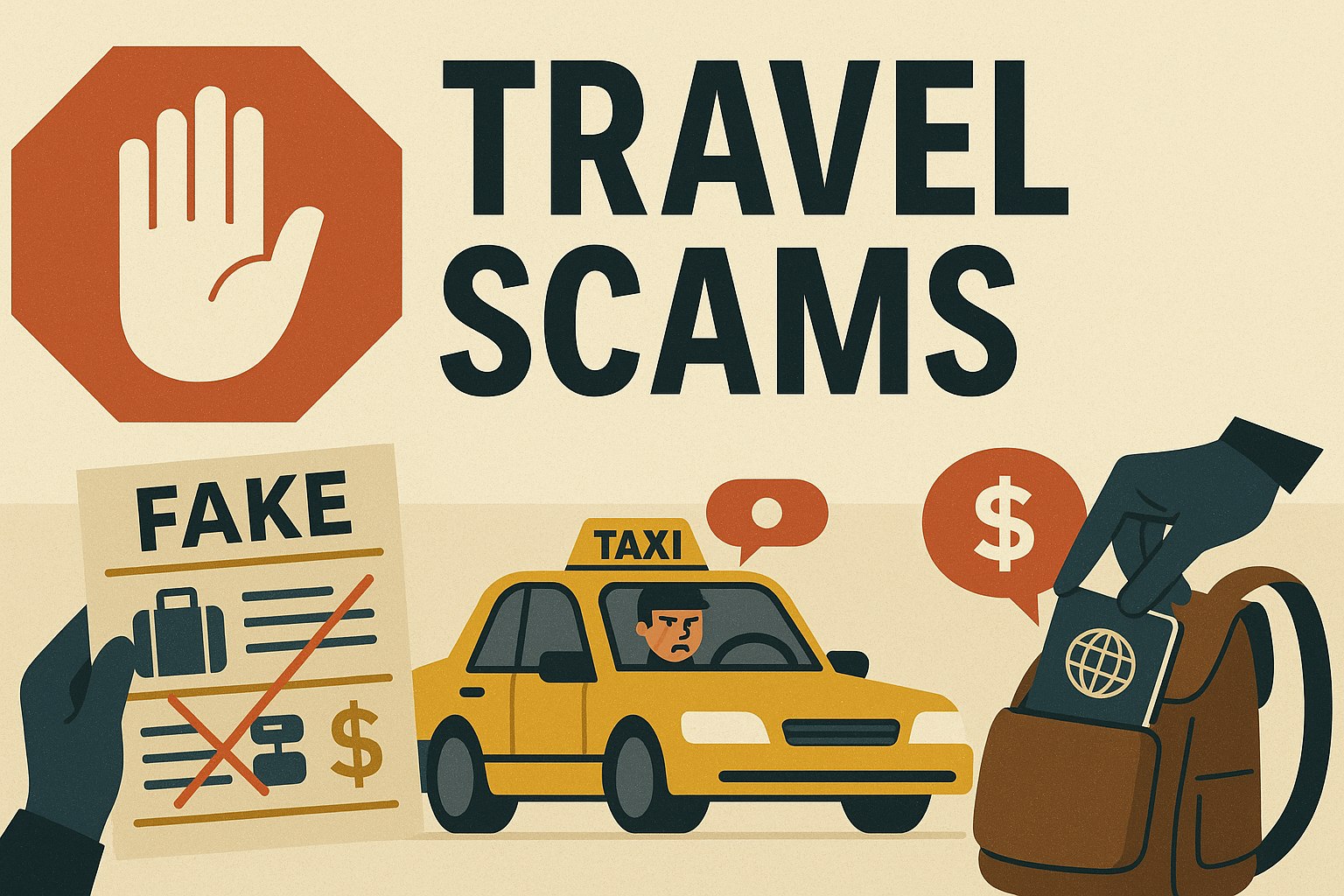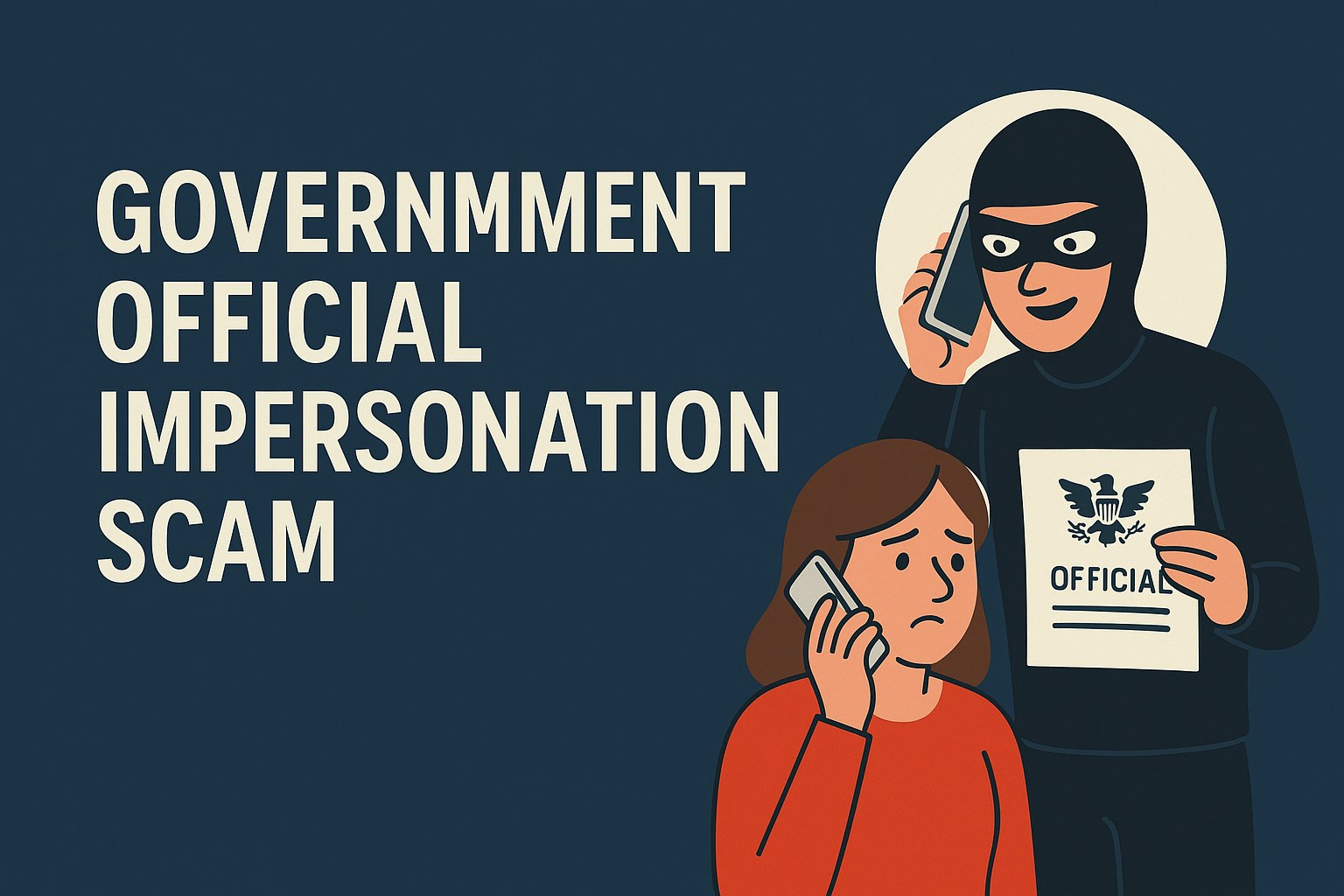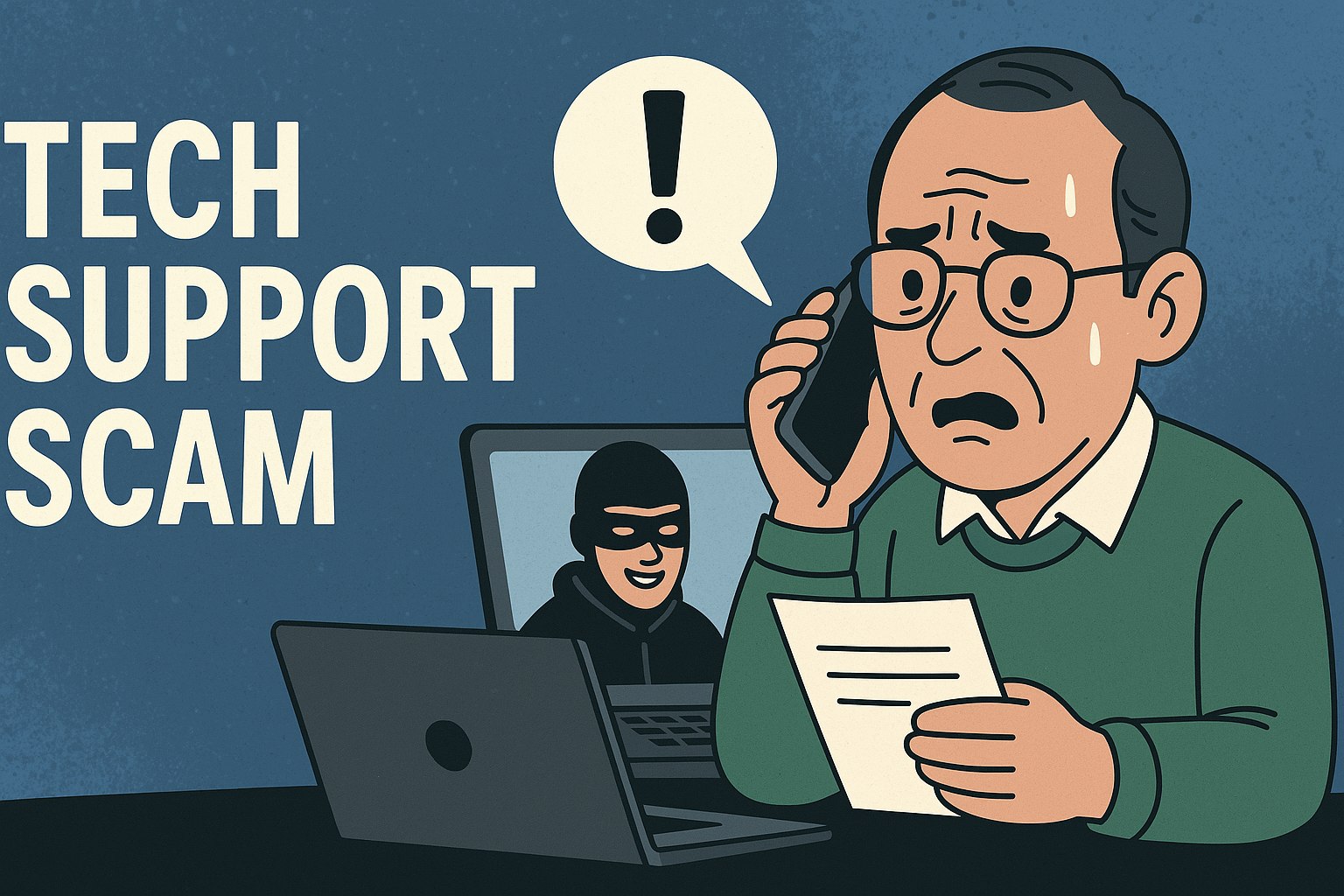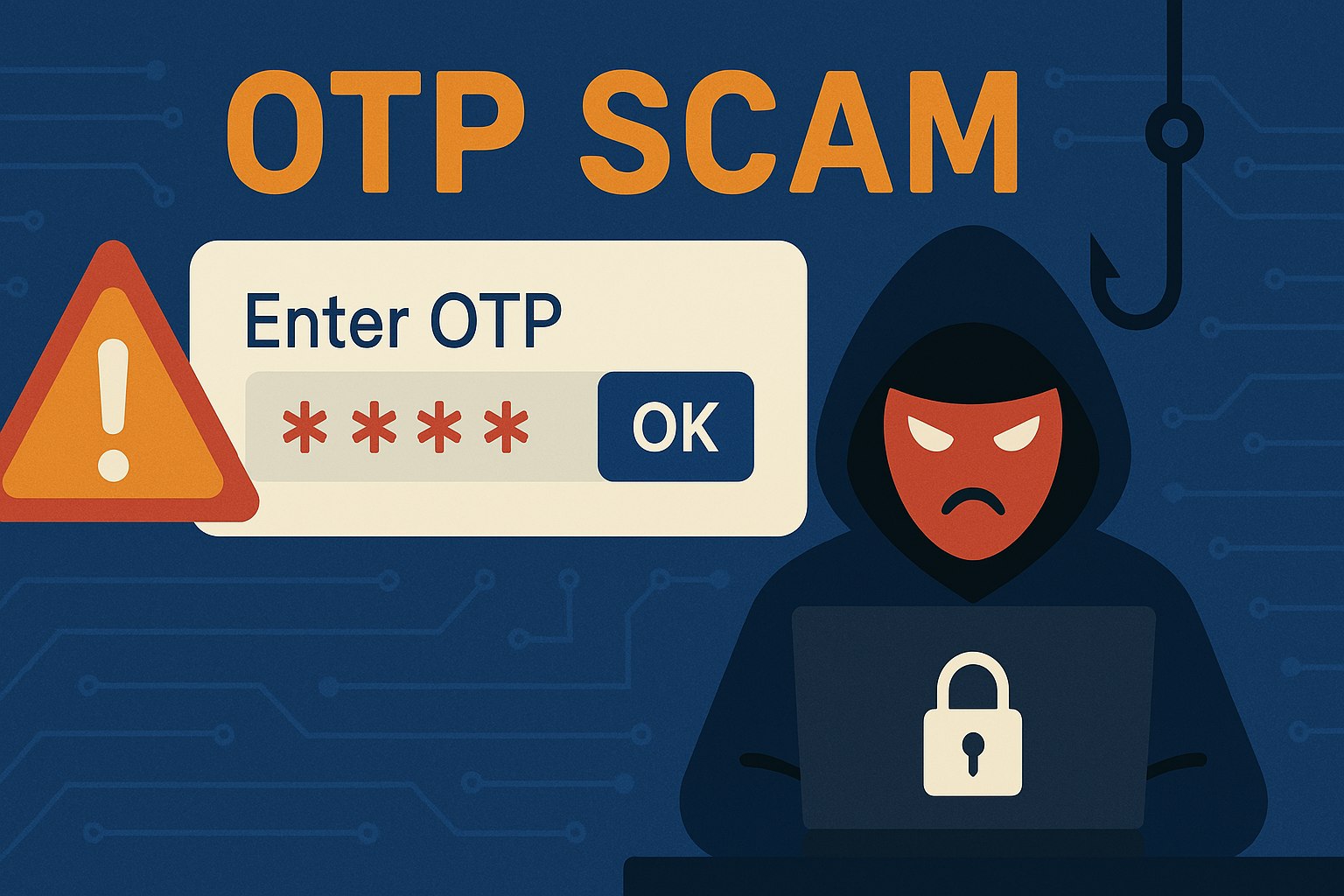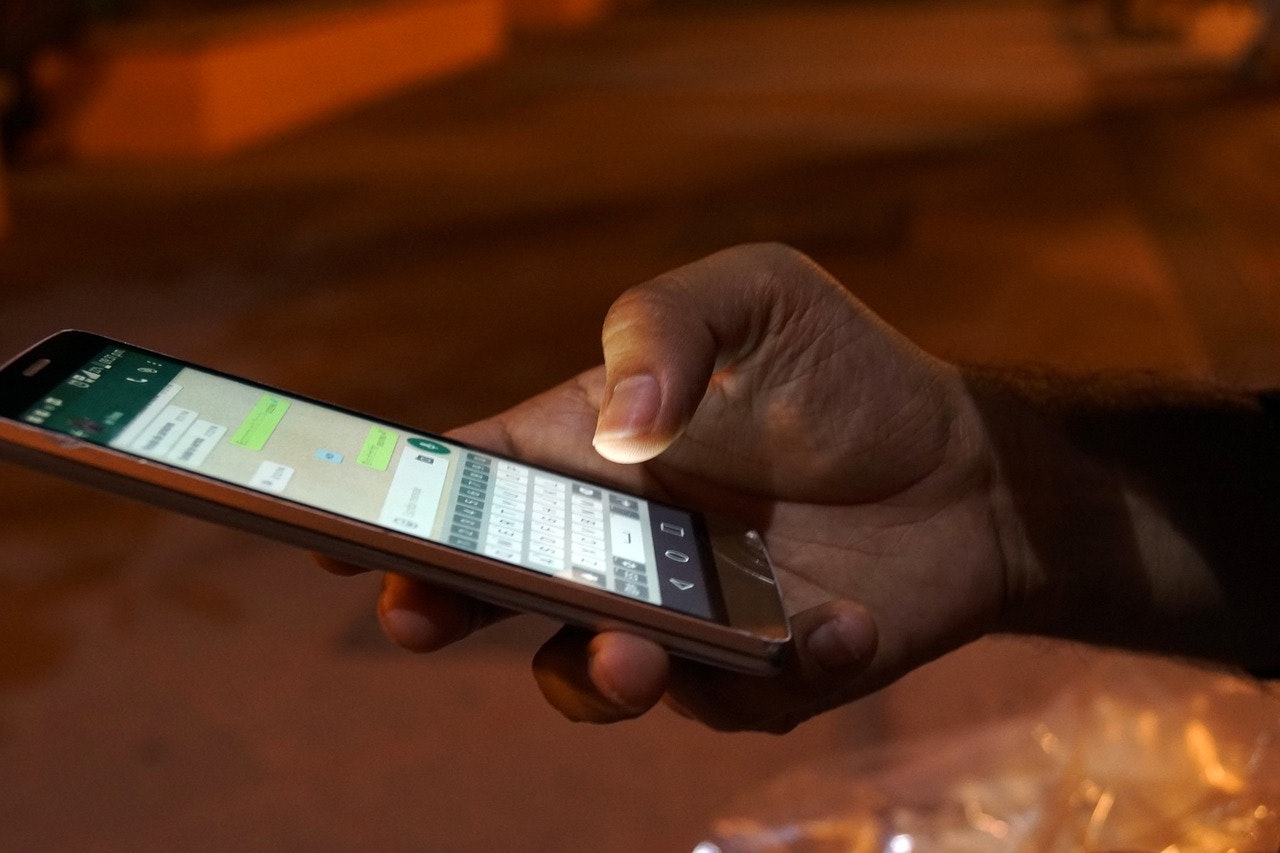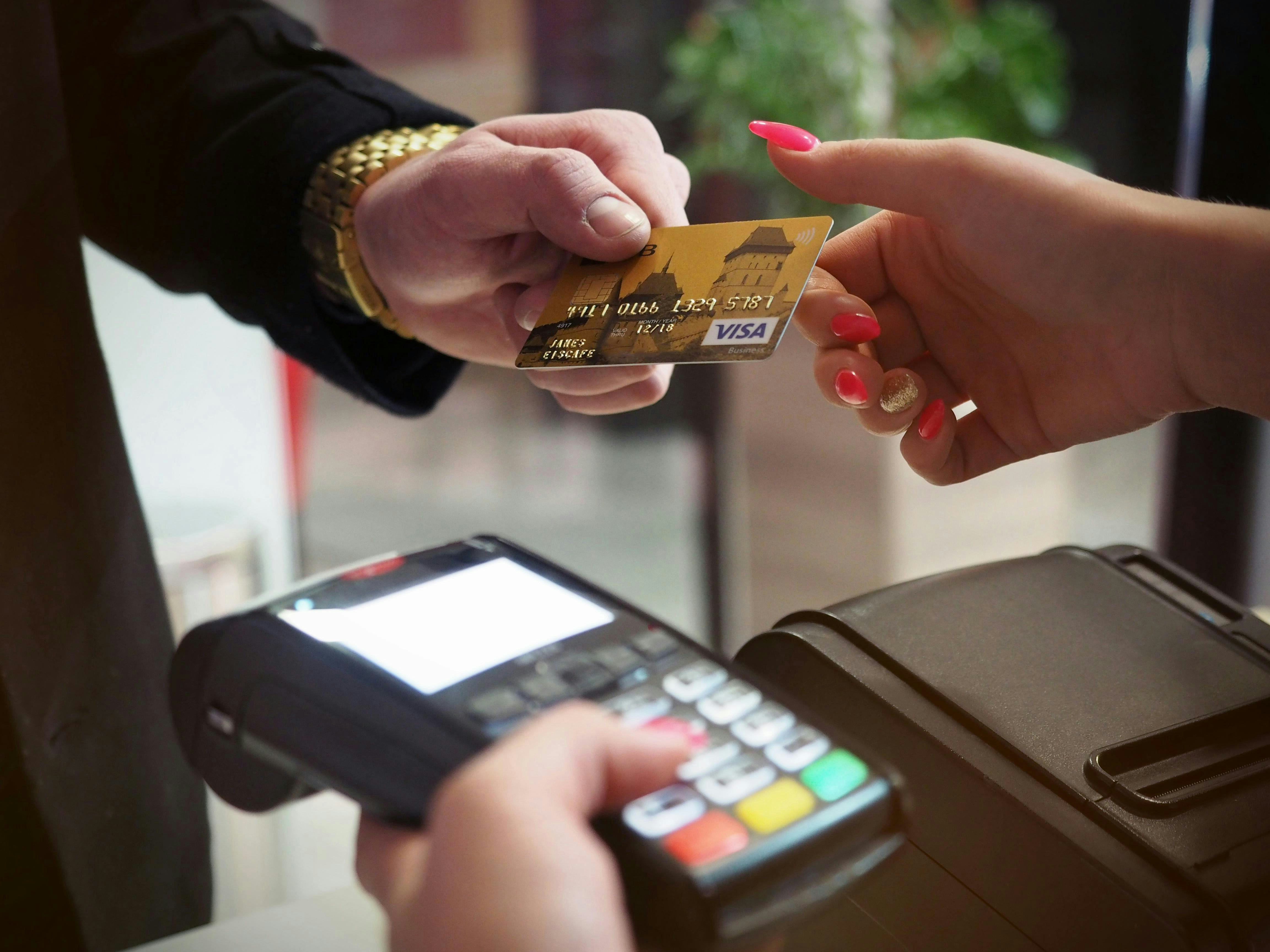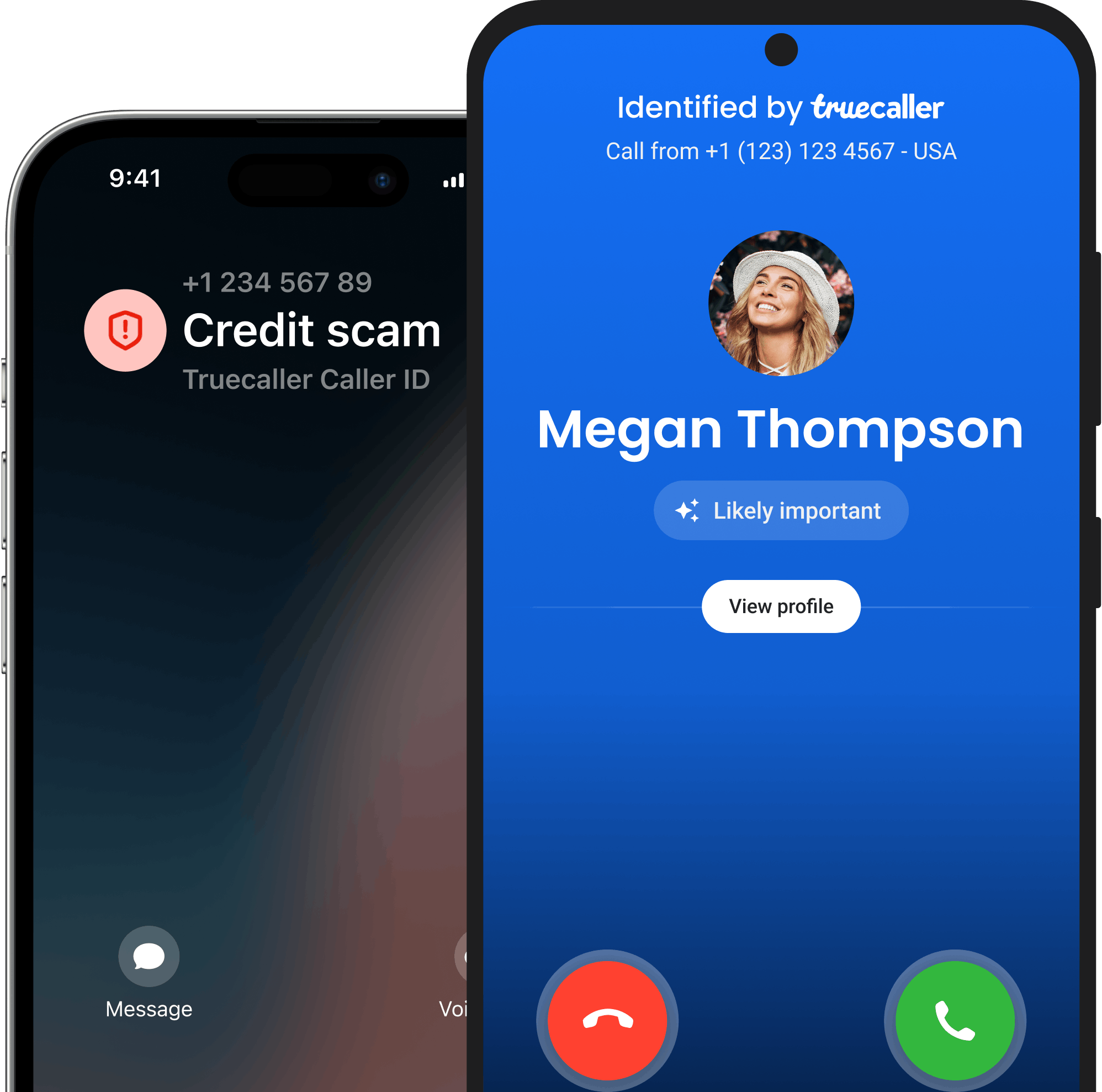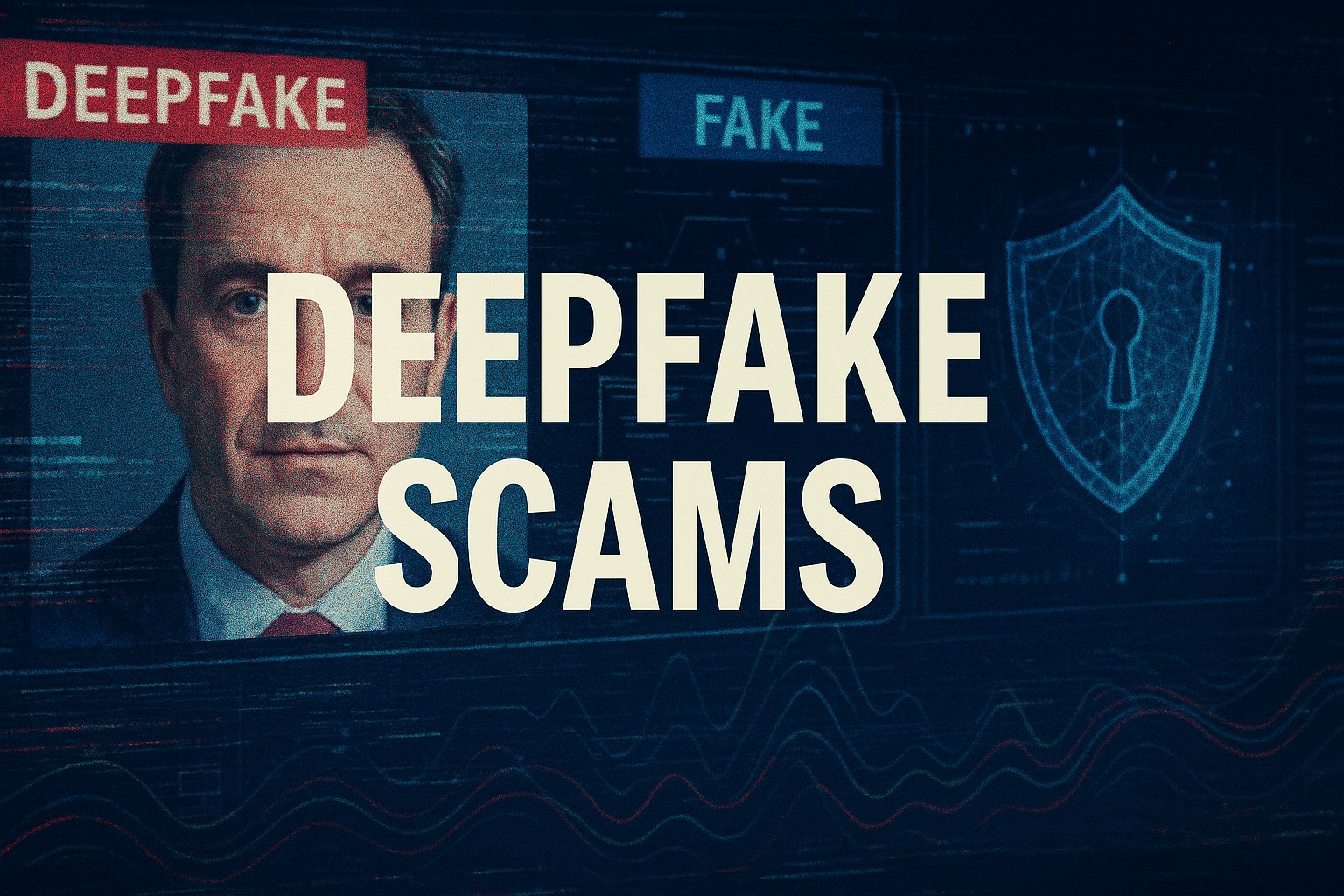
Deepfake Scams
What is a deepfake scam?
A deepfake scam is a sophisticated fraud in which existing videos or images of a person are manipulated and replaced with someone else’s using AI. It is a sort of synthetic media where the videos look hyper realistic and have the potential to spread misinformation, circulate non-consensual inappropriate videos, commit financial fraud, and even make it appear as if someone said something they never did by using voice manipulation.
Recent examples of deepfake scams
Last year, scammers used deepfake technology to impersonate the CEO and another executive of WPP, the world’s largest advertising agency. They took publicly available images, videos, and voice samples to stage a virtual meeting with their targets. Fortunately, this scam attempt was unsuccessful. Another case where the victim wasn’t as lucky is of a finance worker in Hong Kong. He was tricked into transferring $25 million after scammers, using deepfake technology, posed as the company’s CFO in a video conference call. Similar deepfake scams have also been reported in South Korea, Southeast Asia, UK, Canada, USA, India, and Philippines among others.
How to recognize a deepfake scam?
Watch the video in question closely and look for lip-sync inconsistencies, weird blinking and body movements, improper lighting, and voice quality.
Visual anomalies in a video, such as blurred edges, washed-out backgrounds, body language that doesn't match what is being said, and distorted movement of the subject, are some of the things people should watch out for when trying to determine the video's authenticity.
Always verify the source of the video. If a celebrity is endorsing something, they will most likely share it on their official profile. If the video is posted from an unverified account, it is most likely a scam.
If someone you know is asking for money, whether they are a family member, a friend or a colleague, observe if they are appearing unusual. Notice if they are rushing you or creating a situation of urgency. If they seem out of character, call that person and ask if they sent this video.
If the video ends with “click on the link below” and asks for your bank details, passwords, PINs, or random app downloads, steer clear of it. Many such misleading videos of celebrities, including Jennifer Aniston, Scarlett Johansson, Selena Gomez, and Sachin Tendulkar, gained people's attention but were later discredited.
Sometimes, a simple reverse image search can expose the scam, as deepfake videos are often created by manipulating an existing source video.
Be wary of claims that seem too good to be true, no matter who is making them. A simple reverse image search or checking the official page of the celebrity promoting the cause or giveaway can help verify its authenticity.
Truecaller’s AI call scanner can help intercept AI-generated voice calls, making it a useful tool against AI voice scams. Additionally, its spam detection features help filter out fraudulent callers, making it a reliable app for security.
What to do if you are a victim of a deepfake scam?
If you have been scammed through deepfake videos or voice manipulation, act immediately to minimize the damage. Here are the steps you should take:
- Contact your bank: Contacting your bank immediately can save you significant time and may help recover some of the lost funds. The bank may also be able to freeze your account until the situation is resolved.
- Gather evidence: Try and accumulate all the evidence of the scam, such as screenshots of conversations, records of payments made, and any suspicious URLs or emails that could help the authorities. It becomes more important if the deepfake features you. Keep all the documents related to your identity to prove your claim.
- Secure your account: Quickly change your passwords, and if you haven't done it yet, enable two-factor authentication. This will help prevent hackers from causing further damage.
- Monitor bank accounts and social media: Keep a check on your bank statements and social media accounts. Watch out for fraudulent activities in your name, including identity theft.
- Report it on relevant platforms: If you come across a deepfake circulating, whether it features you or someone else, report it to the relevant platform for takedown. If the deepfake is being used for defamation, blackmail, or financial fraud, make sure to consult a lawyer.
- Inform others: Spread awareness by informing others about deepfake scams. Educate friends, family, and colleagues on how to spot and report suspicious content to prevent further harm.
- Report on Truecaller: Report the deepfake AI voice scam on Truecaller app to help raise awareness among others.Change your account passwords if possible, and immediately contact your bank or the customer care of the affected official portals.
Country wise reporting authorities for Deepfake Scams
If you are in the United States, these could be some agencies you could reach out to:
- Federal trade commission: https://consumer.ftc.gov/features/pass-it-on/charity-fraud
- Internet crime complaint centre: https://www.ic3.gov/
Reporting the scam on Truecaller will help prevent others from becoming victims.
- For immediate assistance and guidance on cyber fraud, call 1930 (toll-free)
- Serious Fraud Investigation Office: https://sfio.gov.in/
- Chakshu - Report suspected fraud communication:
https://services.india.gov.in/service/detail/chakshu-report-suspected-fraud-communication
- Sanchar Saathi: https://sancharsaathi.gov.in/sfc/Home/sfc-complaint.jsp
Reporting the scam on Truecaller will help prevent others from becoming victims.
- Police Special Fraud Unit (PSFU)
Email: report@specialfraudunit.org.ng, pro@specialfraudunit.org.ng
Whatsapp: 08127609914
Voice Call/SMS: 07082276895
Social Media: Facebook - Economic and Financial Crimes Commission (EFCC)
Email: info@efcc.gov.ng
Phone number: +234 8093322644, +234 (9) 9044751
Social Media: Facebook, Twitter, Instagram - Independent Corrupt Practices Commission (ICPC)
Email: info@icpc.gov.ng
Phone number: 08076369259, 08076369260
Social Media: Instagram, Twitter, Facebook
Reporting the scam on Truecaller will help prevent others from becoming victims.
- Action fraud: https://www.actionfraud.police.uk/charities
- Fundraising regulator: https://www.fundraisingregulator.org.uk/complaints
- GOV.UK: https://www.gov.uk/report-suspicious-emails-websites-phishing
- National cyber security centre: https://www.ncsc.gov.uk/
Reporting the scam on Truecaller will help prevent others from becoming victims.
- CSA Singapore: https://www.csa.gov.sg/cyber-aid
- File a police report at https://eservices1.police.gov.sg
Reporting the scam on Truecaller will help prevent others from becoming victims.
- Scamwatch: https://www.scamwatch.gov.au/
- Email: ReportScams@ato.gov.au
- Scam helpdesk: https://www.servicesaustralia.gov.au/phone-us?context=64107#scams
Reporting the scam on Truecaller will help prevent others from becoming victims.
- South African Fraud Prevention Service: https://cybercrime.org.za/reporting
- Internet Service Providers’ Association (ISPA): https://ispa.org.za/safety/report-cybercrime/
- In case of SIM fraud, please contact your mobile service provider
Reporting the scam on Truecaller will help prevent others from becoming victims.
- Online: Cybercrime Investigation Unit (Korean National Police Agency) https://cyberbureau.police.go.kr/eng/index.do
- Phone: 182
- Korea Internet & Security Agency (KISA) – Cyber Incident Response Center: https://www.krcert.or.kr
- Phone: 118 (Cybercrime and Online Fraud Hotline)
Reporting the scam on Truecaller will help prevent others from becoming victims.
- Office of cybercrime: https://cybercrime.doj.gov.ph/contact-us-2/
- Email: cybercrime@doj.gov.ph
- National Bureau of Investigation (NBI) – Cybercrime Division: https://nbi.gov.ph/
- Philippine National Police (PNP) – Anti-Cybercrime Group: https://acg.pnp.gov.ph/
Reporting the scam on Truecaller will help prevent others from becoming victims.
Conclusion
Deepfake scams can seriously mess with your head as they use AI to manipulate images, videos, and voices. Scammers exploit this technology for blackmail, financial fraud, and spreading misinformation. These scams are getting so realistic that it’s tough to tell real from fake. That’s why staying informed and alert is crucial. Knowing how to spot inconsistencies, verify sources, and report suspicious content can help protect you and others. The more aware you are, the harder it becomes for scammers to succeed.
